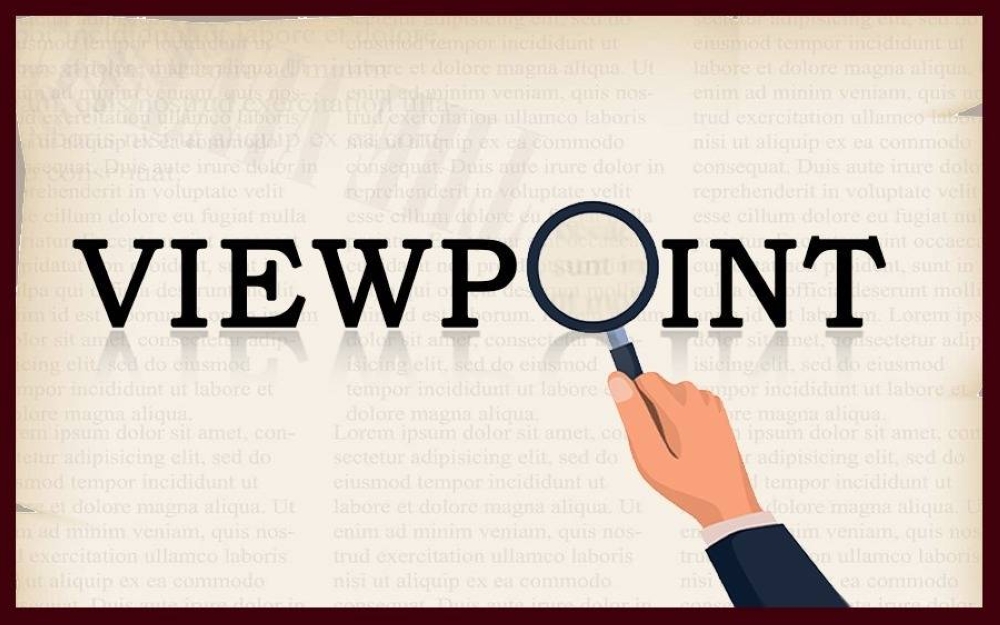The US Federal Reserve (Fed) raised interest rates by 0.25% on Wednesday and signalled it was set to pause further increases as it watches to assess the impact of higher borrowing rates on the bank crisis and the wider US economy.
Fed insisted the US banking system was “sound and resilient” but warned higher rates and tighter credit conditions are likely to hit the economy, employment rates as well as inflation.
The May 3 interest rate revision was the 10th undertaken by Fed in little over a year, as it seeks to combat record inflation that peaked in June 2022.
Wednesday’s hike raises the key rate to a range of 5% to 5.25%, the highest in 17 years.
Federal Reserve Chair Jerome Powell acknowledged that inflation had “moderated somewhat” since then, but emphasised that “pressures run high.”
He acknowledged the American economy is likely to “face further headwinds” from tighter credit conditions, which have been ongoing due to the Fed’s policy actions.
He cited recent banking crises in the US that have resulted in tighter credit conditions for households and businesses.
Powell warned that these tighter conditions are likely to weigh on economic activity, hiring, and inflation, though the extent of their effects remains uncertain.
The Fed’s future policy actions will depend on “how events unfold,” Powell said and noted it will take into account the effects of cumulative monetary tightening on economic activity and inflation.
He said the Fed is prepared to do more if greater monetary policy restraint is warranted until inflation is brought down to its goal of 2%.
However, he also emphasised that the Fed will make its decisions “meeting by meeting,” based on the totality of incoming macroeconomic data and the implications for economic activity and inflation.
When the Fed increases interest rates, it typically has effects on the global economy such as appreciation of the US dollar or greenback, reduced global liquidity, capital flight and variation in exchange rates.
Higher interest rates tend to make the dollar more attractive to foreign investors, as they can earn a higher return on their investment.
This, analysts say can cause an appreciation of the greenback, making US exports more expensive and less competitive in foreign markets.
As interest rates rise in the US, it can become more expensive for foreign borrowers to access American credit. This can lead to a reduction in global liquidity, making it more difficult for foreign companies to borrow and invest.
When US interest rates rise, investors may shift their funds from emerging markets to the United States in search of higher returns. This can cause capital flight from emerging markets, possibly leading to economic instability in these countries.
Higher US interest rates can also cause exchange rate fluctuations, as currencies adjust to changes in the global economy. This can affect the competitiveness of certain countries in international trade.
Obviously, a Fed rate increase can have significant implications for the global economy, affecting international trade, investment, and financial stability.
Therefore, it is important for countries to monitor and respond to changes in US monetary policy to mitigate any negative effects on their economies.
Opinion
Fed rate on 17-year high but US banking regulator signals pause in inflation fight
A Fed rate increase can have significant implications for the global economy, affecting international trade, investment, and financial stability

.
